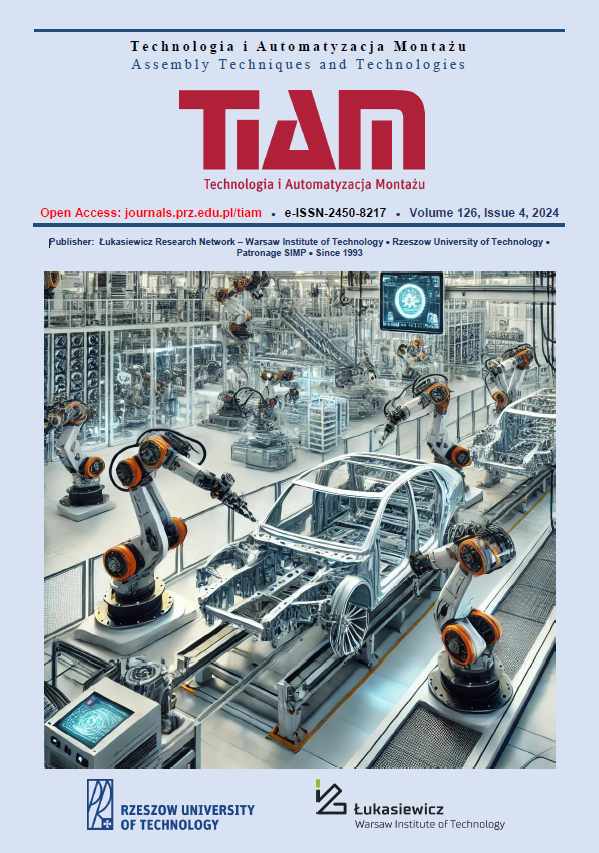Abstract
The publication presents a hybrid learning approach for training in the field of automation, focused on Programmable Logic Controllers and teacher-trainer relation in the VR. In this case hybrid learning is a mix of such methods like: physical techno-educational stands (possible to be used also for distant learning), e-learning courses and Virtual Reality Learning Environment (VRLE). In this article we will present two such VRLE that can be used through web browsers 2D and/or fully immersive experience in VR. To some extent we will present here also results of our initial research on the use of VR in this context. This article gives an insight on the ways how to embed such interactive environment with traditional forms like work-based learning, simulations and e-learning courses. Such “blended” education helps to develop learning management system through the Protocol of Learning Technologies Integration (PLTI). This contribution presents results of studies conducted during hybrid workshops in Poland and Lithuania. Results show that blended learning approach can give greater motivation and satisfaction to a learner thanks to multi-modal learning environment (MMLE), moreover there are some indications that it could also enrich learning retency. This MMLE was developed in response to market demands (pilot), offered and implemented in research laboratories by the Ruhr University in Bochum (Germany) and Łukasiewicz Institute for Sustainable Technologies in Radom (Poland). Such actions are aligned with the newly adopted EU strategy to lead Web 4.0 and virtual worlds.
References
Sałata E., Bojanowicz J. (eds.), Kształcenie nauczycieli do funkcjonowania w zmieniającej się rzeczywistości eduka-cyjnej. Teoria i praktyka, Uniwersytet Humanistyczno Technologiczny im. K. Pułaskiego, Radom 2017.
Siewert J. L., Wolf M., Trientsios P., Gerhard D., Integrated blended learning approach for PLC training in industry 4.0 with web-based and VR experiences, Lecture notes in networks and systems, LNNS, volume 763.
Stępnikowski A.W., Virtual Reality learning retention in education and training, Journal of Continuing Education, Łukasiewicz-ITEE, 4(115), Radom 2021.
Stępnikowski A.W. (ed.), COViR Teachers’ Guide, Łukasiewicz-ITEE, Radom 2023.
Świtalski W., Uczenie się dorosłych w zabawie, Wydawnictwo Uniwersytetu Łódzkiego, Łódź 2019.
Liu X-W., Li C-Y, Dang S., Wang W., Qu J., Chen T., Wang Q-L, Research on training effectiveness of professional maintenance personnel based on Virtual Reality and Augmented Reality Technology, Sustainability, MDPI 2022, 14(14351) https://doi.org/10.3390/su142114351
An EU initiative on Web 4.0 and virtual worlds: a head start in the next technological transition, European Commission Recommendation, COM(2023) 442
European Citizens’ Panel on Virtual Worlds. Final Report, Luxembourg: Publications Office of the European Union, 2023
Informator Rynkowy Automatyki, edycja 2021, Automatyka, podzespoły, aplikacje, AVT-Korporacja, Warszawa 2021.


